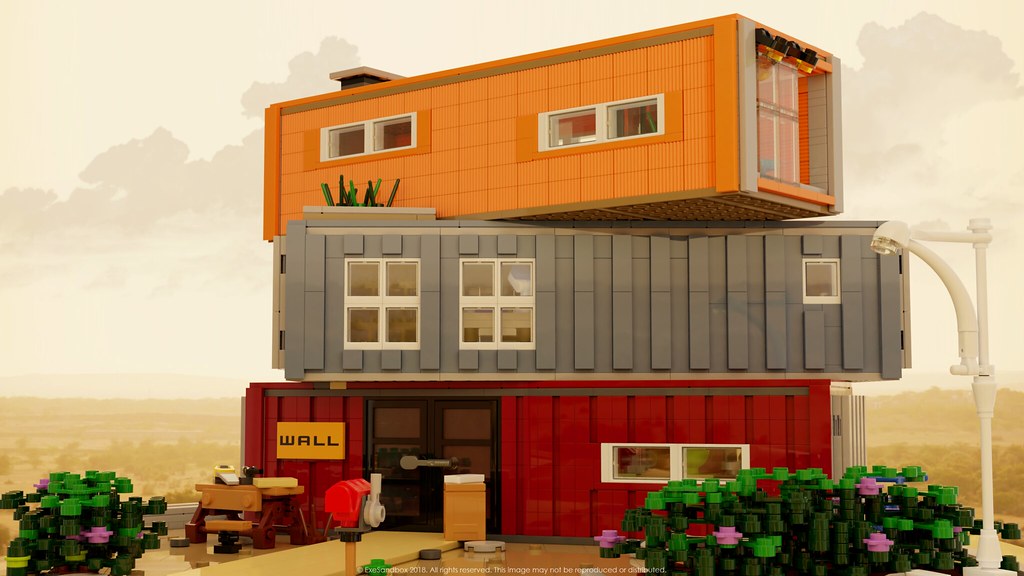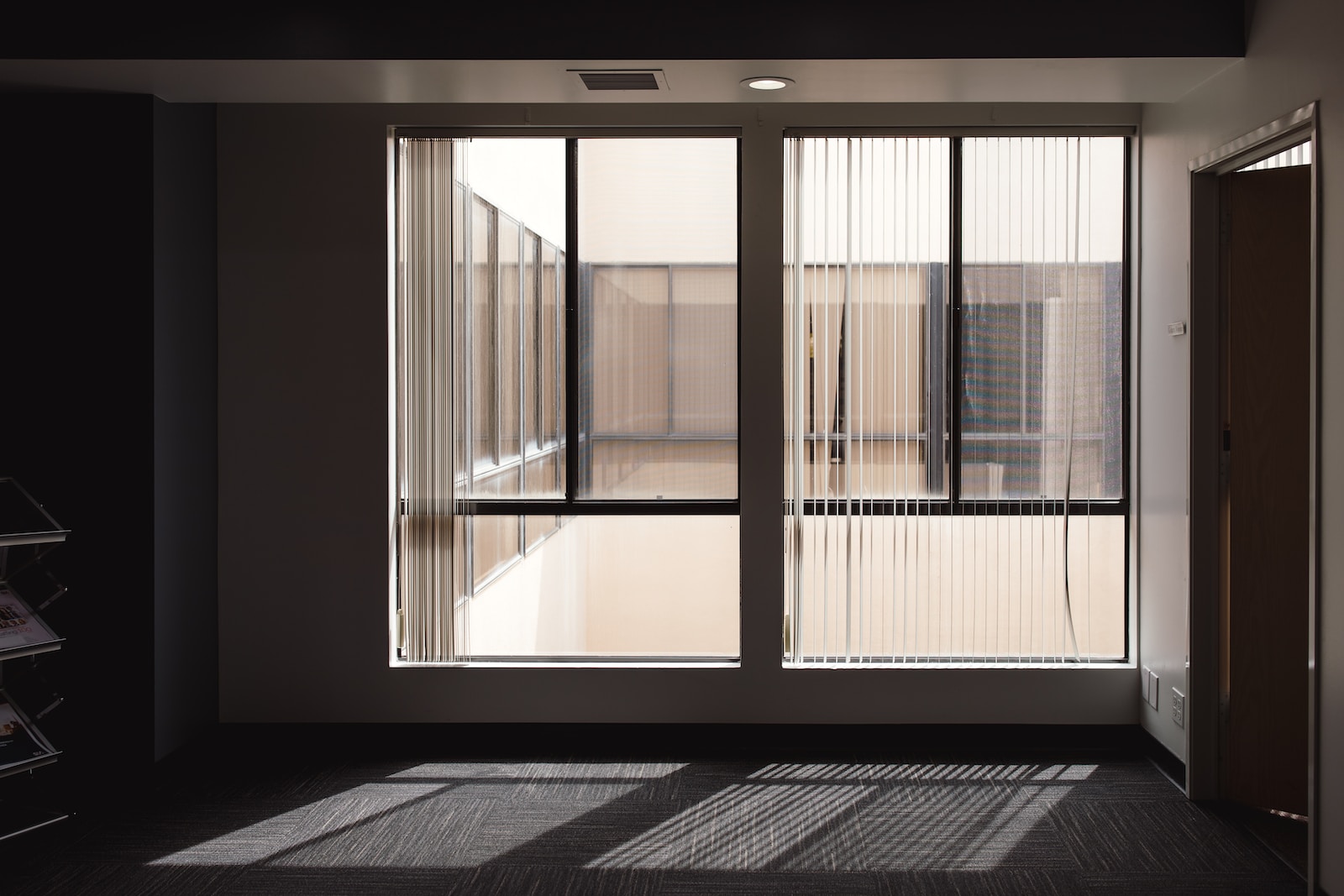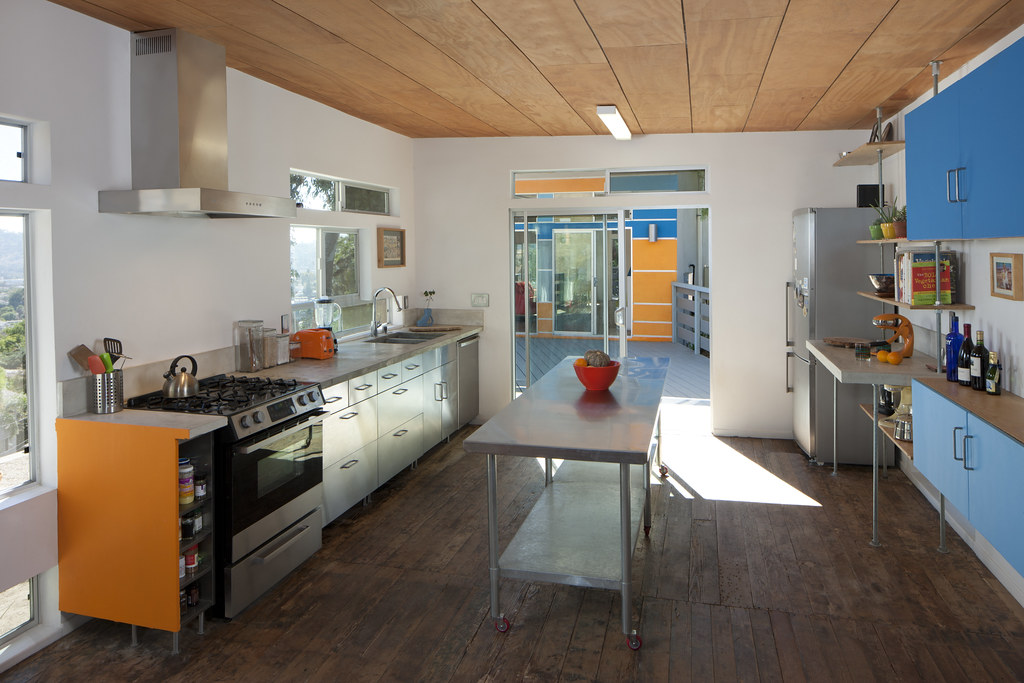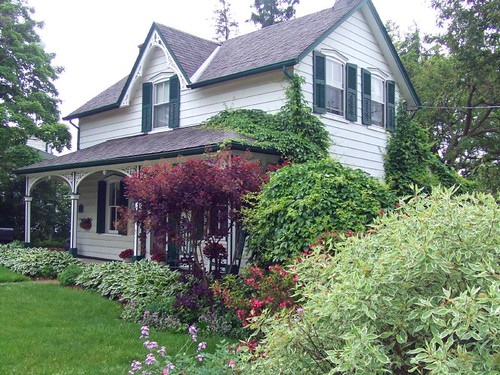Hello, fellow container home enthusiasts! I’m Emily Owens, and I’ve been immersed in the world of container homes for the past four years. Today, we’re going to dive deep into the fascinating world of size customization options for container homes. Whether you’re dreaming of a cozy, minimalist dwelling or a spacious family abode, there’s a container solution for you. So, let’s roll up our sleeves and explore the myriad possibilities!
The Beauty of Container Homes
Container homes have been gaining popularity for their sustainability, affordability, and versatility. They’re like the Legos of the architectural world – modular, stackable, and endlessly customizable. But when it comes to size, one size doesn’t fit all. Let’s explore how you can tailor your container home to meet your specific needs.
The Tiny Wonder
Are you a minimalist at heart or looking to downsize? A single 20-foot container may be just what you need. These compact wonders are perfect for those who want to embrace a simpler, clutter-free lifestyle. Picture a cozy living area, a compact kitchenette, a snug sleeping loft, and a compact bathroom. It’s a tiny house on steroids!
For instance, the famous “Nomad’s Nest” by Custom Container Living is a splendid example of what you can achieve with a single container. It combines functionality and aesthetics, providing a comfortable living space without overwhelming you with square footage.
The Perfect Pair
If a single container isn’t enough, why not go for a dynamic duo? Pairing two 20-foot containers side by side or stacking them can double your space. This configuration is ideal for a couple or a single person who wants a bit more room to stretch their legs.
Consider incorporating sliding glass doors between the containers to create a seamless connection between indoor and outdoor spaces. A deck or patio can extend your living area, making it perfect for enjoying a morning coffee or evening sunset.
Family-Friendly Container Living
For those with larger families or more extensive space requirements, multiple containers can be combined to create spacious and functional homes. The possibilities are almost endless. You can arrange them in various configurations, such as an “L” shape or stacking them vertically to create multiple floors.

For example, the “Casa Incubo” in Costa Rica is a stunning container home consisting of four 40-foot containers. It boasts four bedrooms, a spacious living area, a modern kitchen, and an expansive outdoor terrace. It’s proof that container homes can provide the space and comfort needed for a growing family.
The Multifunctional Masterpiece
Sometimes, it’s not just about space; it’s about how efficiently you use it. Container homes offer numerous opportunities for creativity in design. You can create multifunctional spaces with convertible furniture, hidden storage, and flexible layouts.
Let’s say you have a 40-foot container. You can divide it into different zones – a living area, kitchen, bedroom, and office – using smart furniture like Murphy beds and fold-out tables. This way, your container home can adapt to your changing needs throughout the day.
Expanding Horizons with Additions
Containers also play well with other architectural elements. You can expand your container home’s space by adding traditional construction elements like a stick-built addition or even another container. This is a fantastic option if you need a dedicated workspace, guest room, or extra storage.
Imagine having a cozy 20-foot container home and then adding a 10-foot container office adjacent to it. You’d have a serene living space and a separate, productive workspace right at your doorstep. The “Hivehaus” concept in the UK demonstrates how containers and modular architecture can blend seamlessly for a unique living experience.
Going Vertical
When land is limited, going vertical is the solution. Containers can be stacked to create multi-story container homes. This vertical approach maximizes your available space while keeping the footprint compact.
The “Containers of Hope” in Costa Rica showcases the beauty of vertical container architecture. Two containers are stacked on top of each other to create a cozy two-bedroom home. Large windows and an open design make it feel spacious and airy, proving that height doesn’t necessarily mean sacrificing comfort.
Customization Beyond Size
Size isn’t the only aspect you can customize in a container home. You can choose the exterior finishes, insulation, roofing, and windows to suit your climate and aesthetics. The interior can be tailored to your preferences, from flooring materials to cabinetry finishes.

Consider adding eco-friendly features like solar panels, rainwater harvesting systems, or green roofs to make your container home even more sustainable. With the right customization, your container home can be an eco-conscious oasis.
In Conclusion
Container homes are the epitome of versatility in modern architecture. From tiny homes to family-sized residences, there’s a size customization option to suit your needs. Whether you’re a minimalist, a family of five, or an entrepreneur looking for a unique workspace, container homes have got you covered.
Remember, it’s not just about the size; it’s about how you customize and utilize the space. Get creative with your container home design, and you’ll be amazed at what you can achieve. So, start dreaming, sketching, and planning – your container home adventure awaits!





















Find Us on Socials